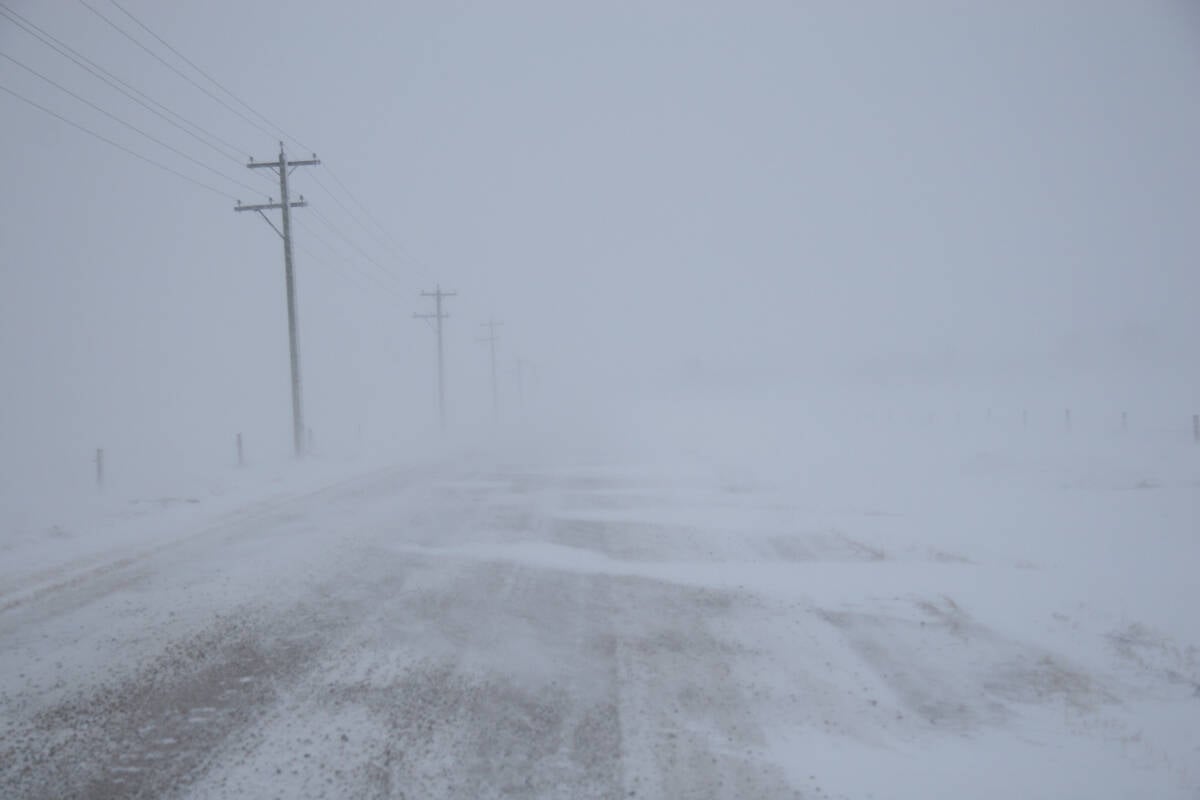Even before her bad experience with eastern hay, Alberta farmer Dixie
Ball had doubts about the wisdom of spending so much money moving hay
into Alberta from eastern Canada.
“I think there is lots of hay in the south and hay in the north,” she
said Aug. 26 from her Blackfalds, Alta., farm. “It would be cheaper to
move hay from there and let our producers get some of that money.”
The events of Aug. 22 only strengthened her view.
Read Also

Volatile temperatures expected for this winter
DTN is forecasting a lot of temperature variability in the Canadian Prairies this winter. Precipitation should be close to average.
She won close to 16 tonnes of hay in one of the Alberta lotteries and
had a truck pick it up in Wainwright, hoping that it would help feed
some of the 65 head still on the farm after last year’s drought took
one-third of the herd.
When the truck arrived with an $800 freight bill, most of the hay was
so mouldy the Balls will not feed it to their pregnant cows.
“It was just somebody getting rid of old hay,” she said. “And it cost
$250 or $400 a tonne to bring it here.”
It was one of a growing number of western voices questioning the wisdom
of the westward hay movement, even as political and financial support
for the Hay West campaign was growing.
At Rimbey, Alta., grain grower and cattle producer Brian Kriz suggested
the political momentum of the Hay West effort is exceeding its economic
logic.
“I just don’t think it makes any sense to spend that much when there
probably is feed enough to move within the West,” he said. “I think too
much political attention is being paid to this. Serious cattle
producers with a business plan can’t count on a lottery.”
Still, at a Liberal caucus meeting last week, most of the
drought-related discussion was on how to move more hay, rather than how
to support farm families affected by the drought. “We said we are happy
that the federal government is involved, but there is more hay waiting
to be moved so how can we help more,” said rural caucus chair Murray
Calder.














